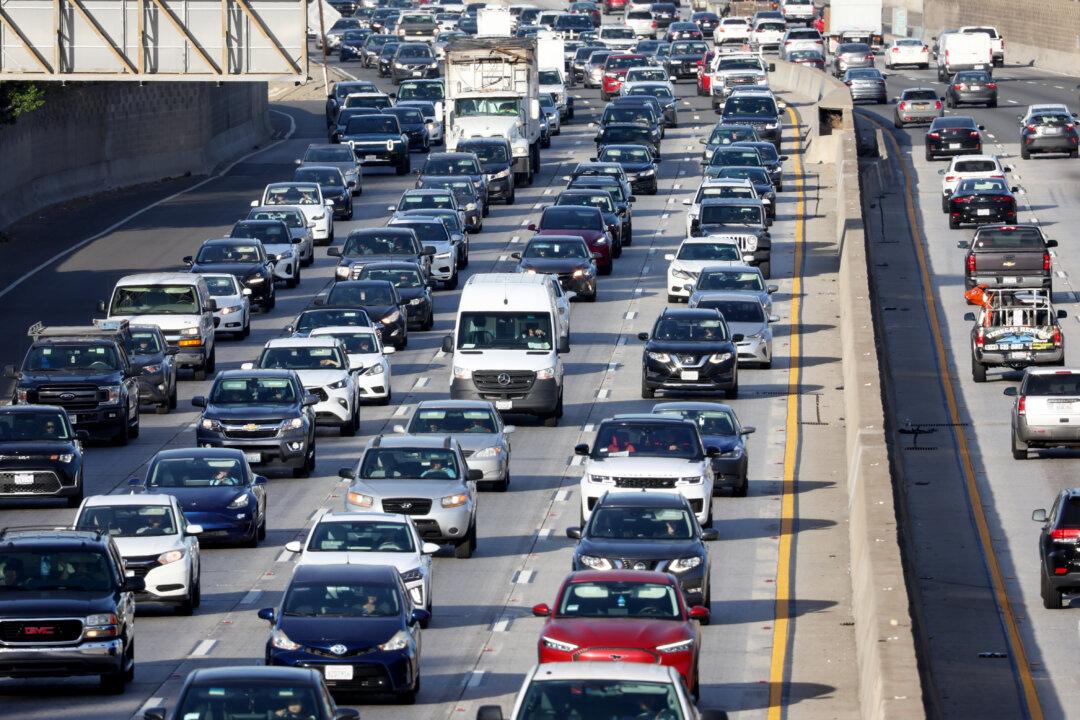The U.S. Environmental Protection Agency on Friday issued an emergency nationwide waiver that allows for the sale of gasoline with higher concentrations of ethanol during the summer driving season.
It’s the second year in a row that the EPA issued such an emergency rule allowing the sale of E15 gasoline, which has an ethanol content of 15 percent. The move is designed to lower gas prices for some motorists as Friday’s American Automobile Association data shows prices are slowly on the rise nationwide over the past month or so.





